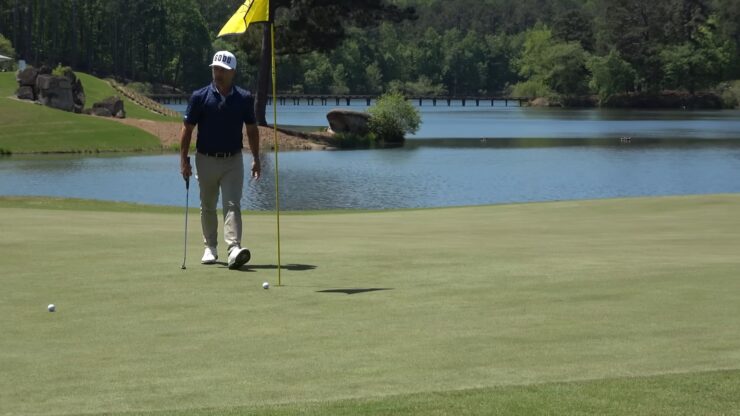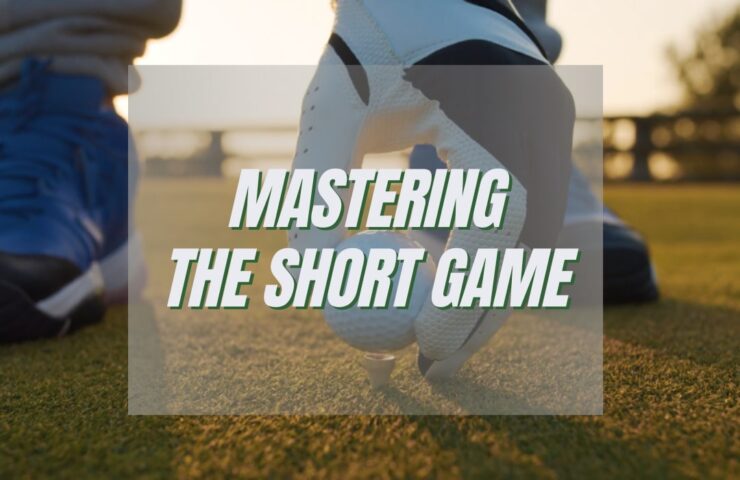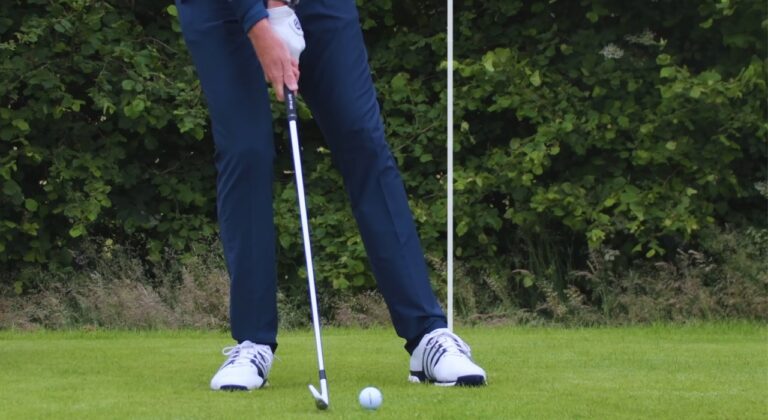Golf is a very versatile and complex sport that has much more to offer than what is initially evident on the surface. A centuries-old game, it is very detailed and analytical with numerous aspects and details that make it so compelling and popular.
Hitting the ball with the club is the premise and there does not seem to be much to it. However, when you throw half a dozen types of clubs into the mix and various ways to hit the ball depending on the situation on the course, you get a highly competitive game that demands respect and a ton of practice.
In this article, we focus on one aspect of the game, something that has become known as the short game. A vital part of every golfer’s arsenal, this is a crucial skill that is utilized to end the holes and effectively win the game.
Compared to the long game, it is more refined and detailed and it requires a more methodical approach and finesse. Two of the most essential techniques golfers must know include putting and chipping, types of hits that happen at every hole and are therefore crucial. Read on to learn more.
What is the Short Game in Golf?

The so-called short game in golf refers to the shots that are played near or on the green, typically from a distance of 100 yards or less. These shots require a lot of precision and finesse because they are usually played with a higher degree of loft on the club, like a wedge or a putter for example.
The short game is an essential part of golf because it makes a big significant difference in a player’s score.
Even if you have a strong driving game, a poor short game can lead to missed opportunities and higher scores. The ultimate goal should be to finish the short end of each hole in as few shots as possible. Since precision is key, the golfer’s skill is the main determiner. When it comes to the short game, there are a few key shots to master:
- Pitch Shot – This shot is typically played from between 30 and 60 yards from the green and involves a high-arching shot that lands softly on the green. It is used to get as close as possible without much rolling of the ball once it lands.
- Chip Shot – A chip shot is a low-lying shot that is played from closer to the green, typically anywhere from 10 to 20 yards from the hole. It requires a steady hand and a light but firm touch.
- Bunker Shot – A bunker shot is played from a sand trap and requires a player to hit the ball out of the sand and onto the green. It is a difficult one to master and something used only in emergencies.
- Putting – Putting, often thought of as the most important shot of every hole, is the final shot that a golfer will take before completing one. It requires finesse and precision to finally roll the ball into the hole. This shot has a specific club as well, the putter.
Read our article on the differences between pitching and chipping if you’re confused.
To excel in the short game, a player must have good technique, practice regularly, and have a solid understanding of the different types of shots required for every situation. Additionally, it is very important to have the right equipment at hand, meaning a variety of wedges and putters ready to go in your bag.
Essential Techniques for Putting and Chipping
Now that you know more about the short game as a whole, it is time to focus on the two most important shots. Putting and chipping are critical skills in golf because they allow the player(s) to finish the hole.
They can significantly impact your score too if you take too long to do it right. To get ahead of that and be a better chipper and putter, there are some essential techniques and tips to master these shots.
Putting
- Grip – There are various putting grips available, but two of them are the most common. These are the traditional grip and the cross-handed grip. Experiment with both and choose the one that feels most comfortable and effective for you. Once you figure out which of the two that is, stick with it and see your results improving.
- Stance – The stance should be shoulder-width apart with your feet parallel to the target line. Your weight needs to be balanced with your eyes directly over the ball. Again, find the right position and make yourself comfortable, after which you can develop a routine.
- Alignment – Aim the face of your putter club at the target line and align your body to the target line.
- Stroke – The putting stroke has to be smooth and entirely controlled. The putter face must stay square to the target line throughout the stroke without any side movements or hesitation. It takes a lot of practice, but practice makes perfect.
- Distance Control – To control the distance with your putting shots, use your shoulders to create a pendulum-like motion. Keep your arms and hands relaxed while doing so. Putting does not need to be done only when you are very close to the hole. It can be done a bit further if you are confident.
How to Practice Putting?
To practice putting, you want to be practicing distance control by placing tees at various distances around the hole and trying out the shot.
Practice with different breaks to improve your ability to read greens and make sure to use alignment aids like putting mirrors or chalk lines to ensure you are aimed correctly. There are games you can play with friends like “putting horse” to make practice more fun.
Chipping
- Setup – The ball has to be positioned in the middle of your stance with your weight slightly favoring your front foot. Your hands should be ahead of the ball. Keep your stance narrow.
- Club Selection – There are many clubs in golf, but for chipping you should only use a higher-lofted club, preferably a pitching wedge or a sand wedge, depending on the distance and trajectory you want/need to achieve.
- Swing – When it comes to swinging, chipping needs to be controlled with a descending blow to create enough backspin and help the ball stop quickly once it is on the green.
- Follow Through – The follow through serves more than to make you look good. Do it with your arms and clubhead extending toward the target to ensure a full and proper hit.
How to Practice Chipping?
The best practice would be to use targets like buckets or hula hoops to practice landing the ball in a specific area, exactly where you want it to end up. Practice chipping from different lies, the rough or even sand, to improve your versatility.
Experiment with different clubs to develop a feel for how each one performs until you find your favorite. Also, make sure to play “up and down” games where you have to chip onto the green and then try to make the putt.
Sumayya Parrish, a golf aficionado and wordsmith extraordinaire, brings her wit and wisdom to the fairways of FloridaEliteGolfTour.com. Known for her uncanny ability to turn a bogey into a birdie with her humor, she serves up engaging content that keeps readers chuckling even when their golf game has them crying.















